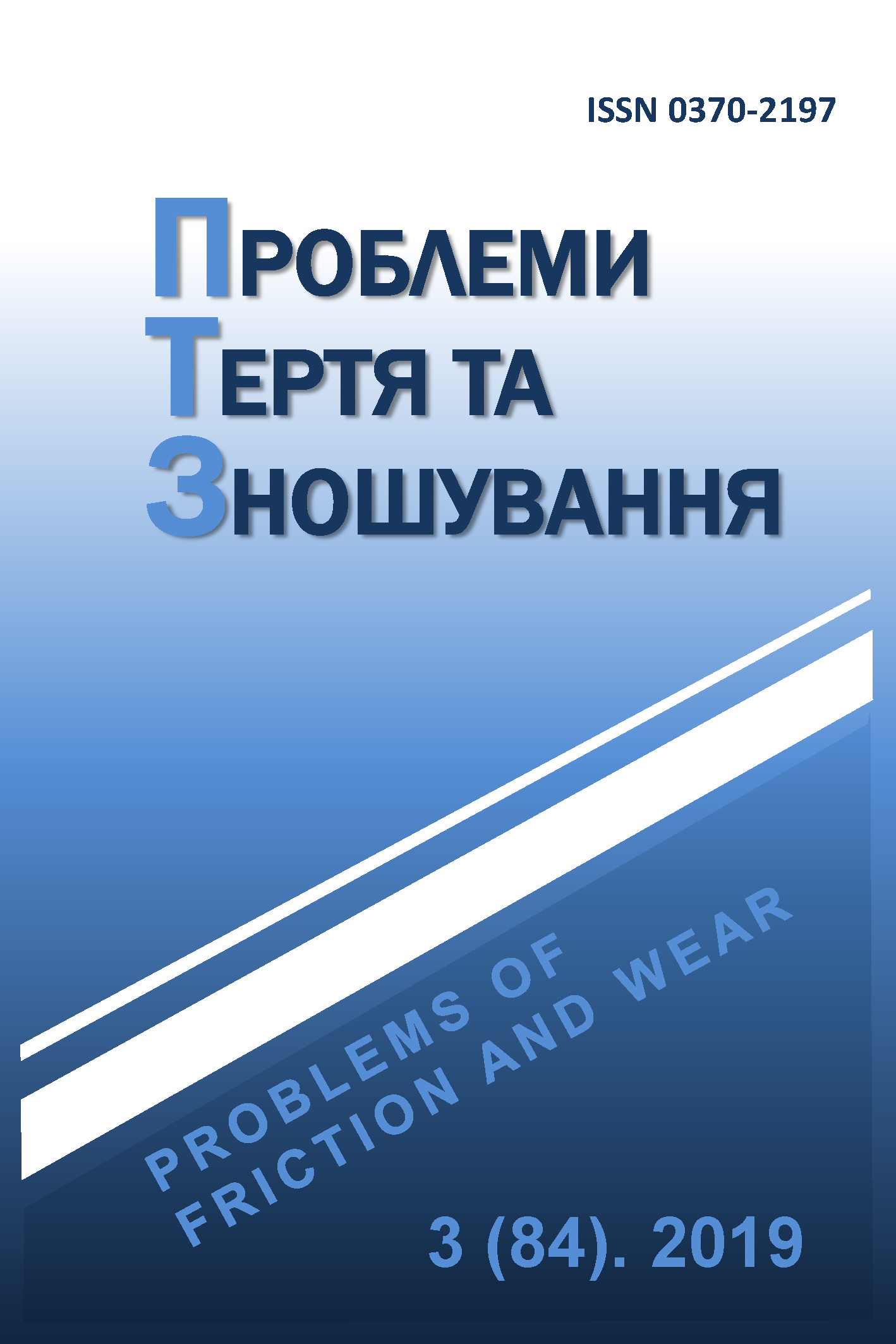STUDY OF HYDRODYNAMIC LUMINESCENCE IN A CAVITATION LIQUID MEDIUM
DOI:
https://doi.org/10.18372/0370-2197.3(84).13853Keywords:
cavitation, visualization, hydrodynamic luminescence, throttle, triboluminescence, cavitator, visualization of fluid flow, temperature, viscosity, cavitation number, sonoluminescence, fluid flow rateAbstract
The article presents the results of experimental studies of hydrodynamic processes in a cavitation generator. To study the mechanisms of cavitation and hydrodynamic luminescence, a basic hydraulic circuit of a test bench was developed and a bench was created that allows one to study the flow rate characteristic of a cavitator and visualize the flow in the working chambers. The analysis of literature and informational data made it possible to determine the basic conditions and factors affecting the process of hydroluminescence and showed that the interpretation of the nature of the occurrence of sonoluminescence and hydroluminescence is not unambiguous. The processes considered have two main theories of their occurrence - “thermal” and “electrical”, but, as shown in modern scientific papers, this position cannot be considered satisfactory. Thorough experimental verification is required. It is concluded that the phenomenon of hydroluminescence (triboluminescence) can be used as a method for visualizing cavitation. As a result of the application of the experimental-analytical method and technical visualization, it was found that for this nozzle (configuration and flow part of the throttle) at a flow velocity of more than 40 m / s, a hydroluminescence process observed in the form of a pulsed-flickering spark of blue color on the periphery and white in the middle at the input edge of the valve. At the same time, the management of the work processes that accompany the phenomenon of cavitation is very relevant, because it allows you to deal with the undesirable consequences of cavitation. Based on the results obtained, it was proposed to use a temperature-sensitive drive for automatic correction of the throttle bore, which will allow maintaining a predetermined calculated value of the cavitation number in changing operating conditions, for example, depending on temperature and viscosity.

